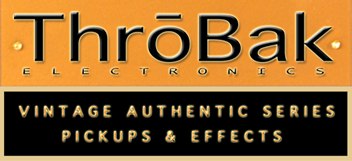Yesterday I disassembled my 2011 LP Special. Had acquired it as a dirty, scratched up guitar with several broken parts, and I figured to buff it out, obtain replacement parts and reassemble. Both the shafts on the original "Gibson" volume pots were broken. In looking for replacements I found (mostly) cts pots in 250, 300 or 500k ranges. Checking the originals they both measured 276k ohms. That was not a value I could find online. Could these be either 250 or 300s with some normal variance in value?
I ended up ordering 300k "Vintage taper" short shaft replacements. Pickups are stock Gibson p-90 with a neck value of 6.35k and a bridge value of 9.26k. The round, tiny orange "223" factory resistors are still in place. While the guts are all out is there any value in replacing these with a better component or should I consider a different value? Or would a trial run will be necessary before making that change...?
I have no idea how this guitar sounded in stock form. Three of the Kluson deluxe tuners were broken when I acquired it. Still have yet to string it and play.
I ended up ordering 300k "Vintage taper" short shaft replacements. Pickups are stock Gibson p-90 with a neck value of 6.35k and a bridge value of 9.26k. The round, tiny orange "223" factory resistors are still in place. While the guts are all out is there any value in replacing these with a better component or should I consider a different value? Or would a trial run will be necessary before making that change...?
I have no idea how this guitar sounded in stock form. Three of the Kluson deluxe tuners were broken when I acquired it. Still have yet to string it and play.



